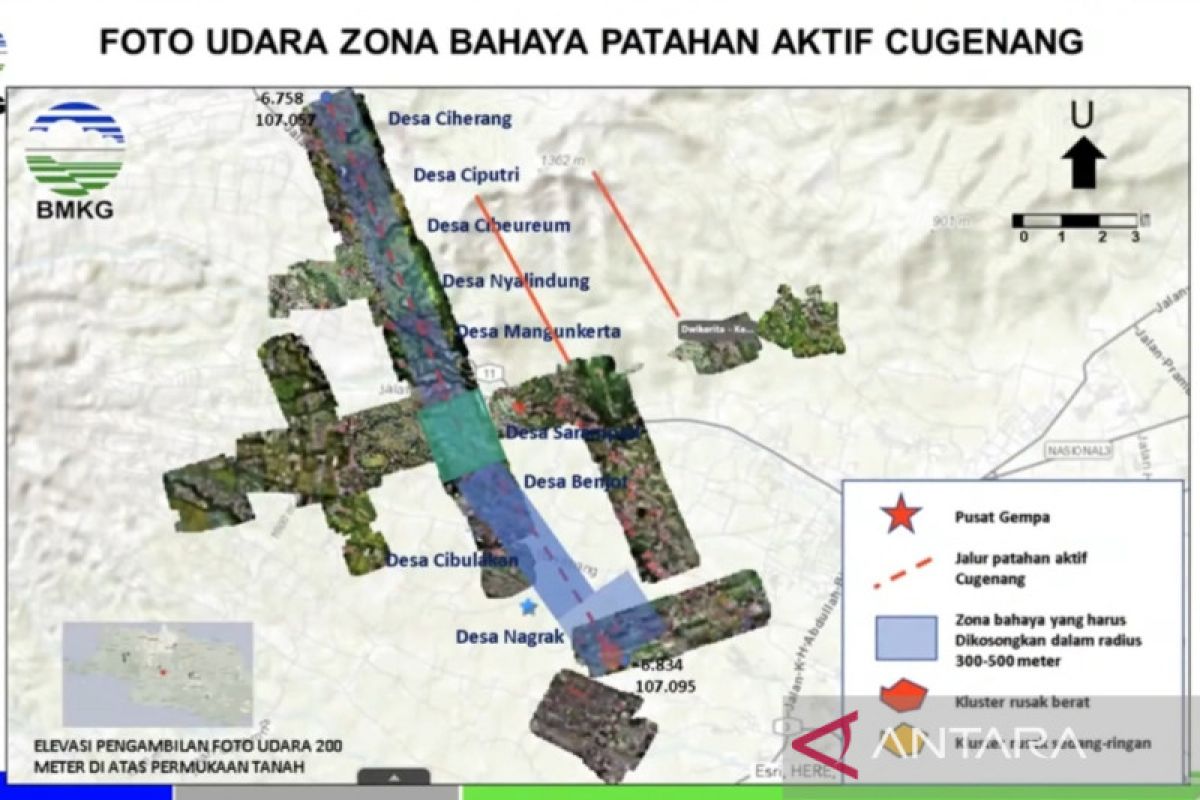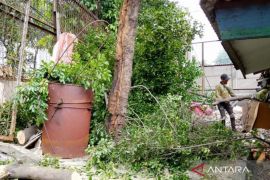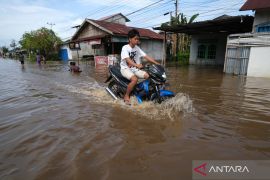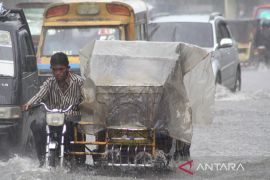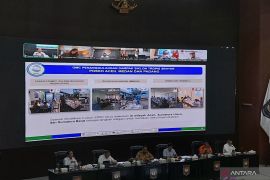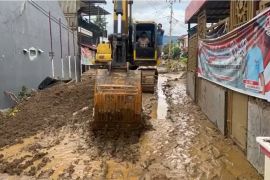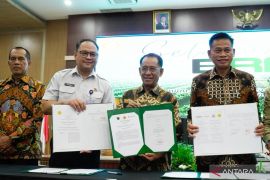Residential areas in the hazardous zone must be vacated, but it can still be used for non-residential purposes, for instance, farming, watersheds, conservation areas, and forestation.Jakarta (ANTARA) - The Meteorology, Climatology, and Geophysics Agency (BMKG) reported that the 5.6-magnitude earthquake that struck Cianjur District, West Java Province, on November 21 was caused by a new fault called the Cugenang Fault.
"According to the focal mechanism analysis and observation of the location of the epicenter of the main earthquake and aftershocks, it can be concluded that the trigger of the Cianjur earthquake is a new fault," Head of BMKG’s Earthquake and Tsunami Center Daryono stated during a virtual press conference on Thursday.
Daryono remarked that based on the fault movement mechanism analysis, the direction of the fault movement was North 347 degrees East, with a dip of 82.8 degrees, and a dextral strike-slip mechanism.
Related news: BMKG invites global community to build tropical cyclone warning system
Hence, his side recommended that settlements located in the hazardous zone of the Cugenang fault -- which included about 1,800 houses on an area of 8.09 square kilometers, including parts of Talaga, Sarampad, Nagrak, and Cibulakan villages -- be relocated.
"The hazardous zone is a zone that is prone to deformation (as well as) shocks (when the fault moves), and (can cause) damages to land and buildings," he stated.
Furthermore, Daryono remarked that the 5.6-magnitude Cianjur quake was a shallow crustal earthquake.
"The BMKG has recorded that until Thursday, December 8, 2022, at 12:00 p.m. WIB (Western Indonesia Standard Time), there have been 402 aftershocks, which are relatively getting weaker (in magnitude) -- the largest is 4.3 and the smallest is 1.0,” he revealed.
Related news: Fault in outer-rise zone caused 6.2-M quake in East Java
Daryono also noted that the frequency of occurrence of the earthquake was getting rarer.
On the same occasion, Head of BMKG Dwikorita Karnawati emphasized that the hazardous zones should not be rebuilt for settlements.
"Residential areas in the hazardous zone must be vacated, but it can still be used for non-residential purposes, for instance, farming, watersheds, conservation areas, and forestation," she remarked.
She noted that the Cugenang fault had not been found and identified prior to the occurrence of the Cianjur earthquake.
Related news: BMKG prohibits public to rebuild settlements along Cugenang Fault
Related news: Sukabumi quake caused by Indo-Australian Plate deformation: BMKG
Translator: Zubi Mahrofi, Uyu Liman
Editor: Fardah Assegaf
Copyright © ANTARA 2022
